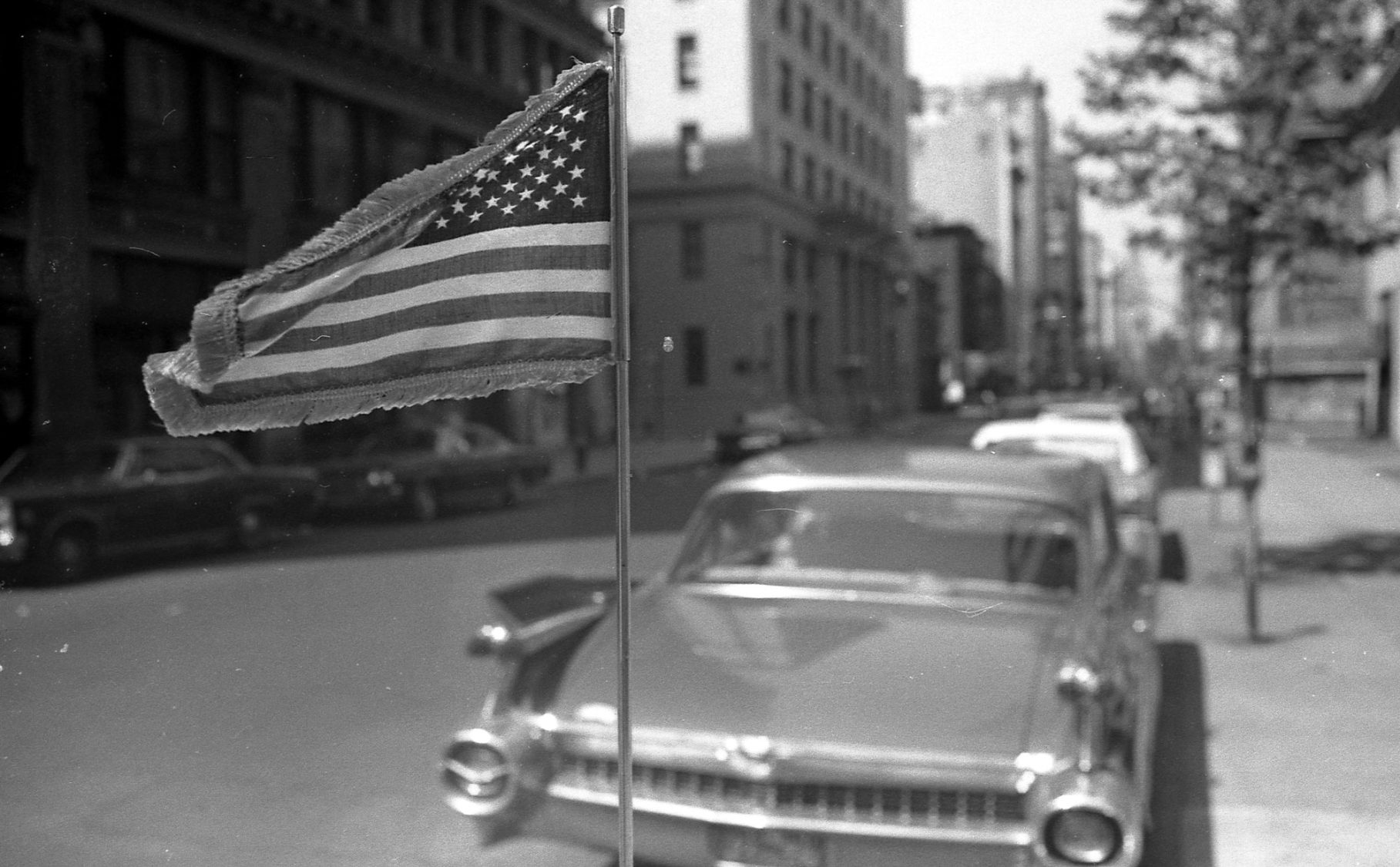The Buddha, Siddhartha Gautama, was born into a tribal group, the Shakyas, who made their home in northeast India. Millions of his followers still refer to him as Shakyamuni, “sage of the Shakya tribe.” In the same breath, though, they might also worship him as “the World-Honored One.” The two epithets are used so interchangeably that it’s easy to overlook the contrast they express: “Shakyamuni” refers to a local holy man, “World-Honored One” to the bearer of a wisdom meant for all humanity. Both names for the Buddha have existed side by side for more than two thousand years: Siddhartha the tribesman was never swallowed up by the universal liberator.
Much the same holds true of the dharma. Once it left its place of origin behind, traveling as far as Persia and Japan, Mongolia and Java, it was adopted by societies with all sorts of perspectives and traditions. Buddhists could have reacted to this diversity by creating an elite who would preserve the dharma in its purest form—something like a brahmin caste—while gradually suppressing local cultures. But the Buddha’s successors chose another route, allowing the dharma to change and grow as it encountered different cultures. That inclusiveness helped generate a spirit of equality.
In the United States today—famously a nation of immigrants—we face a similar dilemma. The motto on our Great Seal proclaims E pluribus unum, “Out of many, one.” But now, with many feeling threatened by new arrivals, the call to close off the borders has become a political mantra. I would argue, though, that a democracy can’t afford to make that choice, because the one needs the many: inclusiveness and equality go hand in hand. Whatever the dharma has contributed so far to life in the United States, it has something to teach us now about how our democracy can thrive in a globalizing world: by embracing the excluded, whether that means people, customs, or ideas.
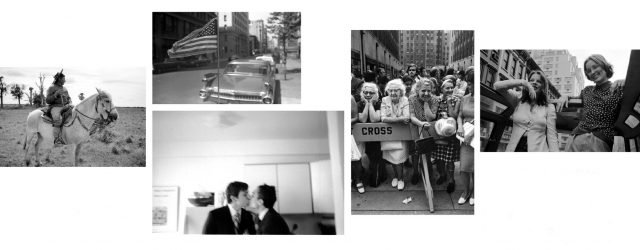
Links between the dharma and democracy have intrigued scholars for generations. Tribes like the Buddha’s could be found everywhere in the 6th century BCE, but the Shakyas stand out because their form of government strikingly resembles that of ancient Athens. According to Buddhist sources, the Shakya republic was governed from its capital, Kapilavasthu, by an assembly (the parishad) of five hundred citizens. Though not as large as the Athenian assembly (with its quorum of six thousand for major decisions), the Shakyan legislature needed an officer to manage the proceedings and so elected a raja, something like our Speaker of the House. These were the traditions the Buddha could draw on as he grappled with the challenges arising from the growth of his new community. All sangha members would be equal, he decreed in the monastic rules, and they were supposed to respect the will of the majority.
The words used to describe the Shakyas’ form of government were gana-sangha, “equal assembly,” and gana-rajya, “equal rule.” Yet the Shakya republic was probably not a democracy in our sense of the word—a place where everyone could participate in decision making. The parishad was a conclave of the rich and powerful, and all of them were men. The best word, then, to describe the Shakyas’ government might not be “republic” at all. “Oligarchy” may be a more accurate choice: rule by the elite.
But what about the sangha the Buddha organized? When we search our planet for democracies today, we look to institutions of government that remind us of our own. We like to see free and fair elections that include all or most adults. We expect to find arrangements similar to Britain’s Parliament or our Congress. Our picture of democracy gets rounded out with a codified body of laws and an independent judiciary. By this standard, the early sangha does indeed look democratic. Any gathering of monks operated like the Greek assembly. The sangha even had the Vinaya, a legal code of sorts. Open debate, majority rule, written laws—check, check, and check again. But are these features really enough to make the sangha a genuine democracy?

The answer is probably both yes and no. The Buddha did declare that caste had no place in the new monastic order. In the sutta collection known as the Udana, he says this:
Just as, O monks, the great rivers Ganga, Yamuna, Achiravati, Sarabhu, and Mahi, on reaching the ocean, lose their earlier name and identity and come to be reckoned as the great ocean, similarly, O monks, people of the four castes . . . who leave the household and become homeless recluses under the doctrine and discipline declared by the Tathagata, lose their previous names and identities and are reckoned as recluses who are sons of Shakya.
–Udana 5.5, trans. Piyadassi Thera
Once aspirants leave the secular world for the life of a “homeless recluse,” the circumstances of their birth cease to apply. The farmer and the brahmin will practice side by side, eat the same food, and wash themselves in the same collective baths. All monks equally deserve to be called the “sons of Shakya.”
This was genuine equality, but how far did it reach? Initially, it stopped at the monastery walls. The Buddha never preached the abolition of caste in the larger society, and he himself accepted distinctions, we know, among brahmins, kshatriyas, and other groups. Yet there’s something about a democracy that pushes beyond distinctions of this kind. The same might be said of the dharma.
All monks were sons of Shakya, true enough, but what about the daughters? To the question whether the early sangha qualified as a democracy, the answer in this case would have to be no. Indeed, “No” was the answer the Buddha gave to Prajapati Gautami, his aunt, when she asked his permission to join the ranks of the male “home-leavers.” His refusal seems all the more puzzling because she was the one who had raised him when his mother died just after his birth. Still more troubling is the fact that the Buddha said no to her request not once but three times.
Discouraged, Prajapati went home, but there she shaved her head and put on monastic robes, a decision that inspired other women to do the same. Then, together with the swelling ranks of these followers, Prajapati walked several hundred miles until she reached Vaishali, where the Buddha was staying.
When she and her companions arrived, they were met by Ananda, the Buddha’s cousin and his closest disciple. Shocked to see how exhausted she was, her bare feet bleeding and her legs caked with dust, Ananda went to the Buddha’s quarters, where he pleaded the women’s case as well. The two men argued until, finally, Ananda posed this question: “Are women capable of enlightenment?” Whatever the Buddha’s motives might have been in refusing Prajapati’s entreaties, here he answered that they were.
We will never know if these events took place as tradition holds. The whole story might have been invented by monks who put words in the Buddha’s mouth when he spelled out the conditions for women to become home-leavers. Yes, they could join the ranks of renunciates, but only as the inferiors of monks. Yet, invented or not, those conditions have held firm for more than two thousand years. And women monastics aren’t alone in their second-class status. The unordained—householders—have seldom been accepted as true members of the sangha. Great lay teachers like Chandragomin and Pang Yun rarely turn up in the records, even though there must have been many like them.
It’s hard to believe that Prajapati would have felt satisfied with the conditions the Buddha offered her. But her apparent act of submission might have been the very opposite—only the first step in a journey she foresaw as far longer than two or three hundred miles. Perhaps she understood democracy much better than others in her time—and better than many of us today. We all know that the word democracy means “rule by the people,” but the history of democracy has involved an ongoing struggle to define who “the people” should include and who it should leave out. Democracy doesn’t make that problem go away: it keeps the question open.
Prajapati might have advised us to look again at the Buddha’s teachings, not the ones on gender but the ones on dependent origination (pratityasamutpada). Instead of hoping for a real democracy and facing constant disappointment, Buddhists might understand democracy in another way: as the product of cooperating causes (sahabhuhetu) that are being constantly transformed by the impermanence (anitya) of the conditions that produce them. Like everything else, democracies have no permanent essence or fixed qualities. They should be seen as a process instead, what the sutras call a parinama.
In that case, though, how can we possibly know whether we’ve got a democracy or not? When structures keep shifting and leaders come and go, where should we look instead? Well, with processes, nothing happens all at once. We have to watch their trajectory over time. If we carefully observe the politics of ancient Athens, we see something quite remarkable. At first, only the elite, the aristokrates, held the reins of government, but gradually the demos, the excluded ones, forced their way in.
Here in the United States, much the same process has unfolded. At the start of our republic, most of the states granted voting rights only to white landed males. But then the landless males pushed back until they won the franchise for themselves. It took a bloody civil war to end slavery and the creation of a new amendment to the Constitution to decree that no man could be denied the vote on the grounds of race. Another 50 years had to elapse before women, in the face of determined resistance, gained the right to vote. Over time, the gains of black Americans were gradually rolled back until they had to be reaffirmed by the 1965 Voting Rights Act. Even now those rights remain imperiled, yet we have just had our first black president. The toxic atmosphere of the last campaign, with sexism and race-baiting openly expressed—and unexpectedly victorious—is bound to feel like a crushing defeat. But if we step back, we can still recognize the parinama of democracy: a never-ending process of inclusion.
At each stage in the process, an excluded group moves from the margins of society into public life as full participants. Now the voiceless get to speak their truth. Those who have been beaten to the ground can rise up, so that justice may be done. If we’re looking for the parinama of democracy, we’ll find it with the excluded and their struggle for inclusion. Here, though, is the “never-ending” part. The very nature of belonging depends on excluding someone—nuns, laymen, laywomen, Mexicans, Syrians, Muslims, in short, anyone unlike those on the inside.
The importance of Ananda’s question—“Are women capable of enlightenment?”—can scarcely be overemphasized, because its democratizing logic extends far beyond the issue of gender, crucial as that is. Ananda’s point could be the most important argument ever made by any of the Buddha’s followers, because it applies to every group who might otherwise be excluded. The capacity for enlightenment is the crucial litmus test, and over time, most Buddhists have decided that everybody has this capacity: not only monks and nuns, but householders too, and indeed nonhuman sentient beings.
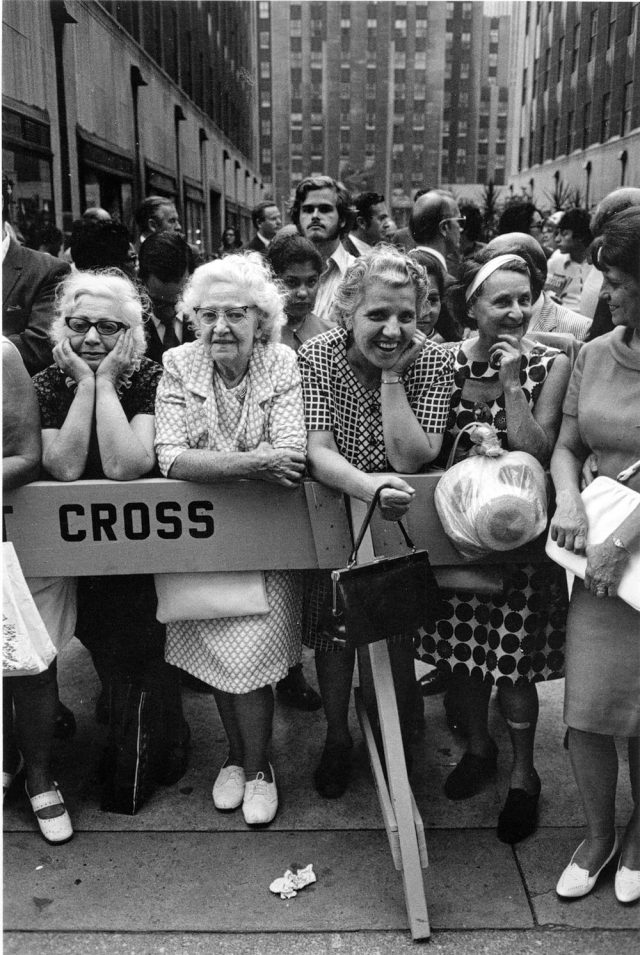
Even if a person had no time to practice meditation and no propensity for working through karmic barriers, the Mahayana schools came to believe that everyone without exception would wake up, however many lifetimes were required. Kalu Rinpoche, the great Tibetan teacher from the Kagyu lineage, tells a story that perfectly expresses this view:
According to the story, the Buddha himself was reborn in a hell realm long before his final appearance as the World-Honored One. Together with another denizen, he was forced to pull an enormous cart that was so heavy it wouldn’t budge, and every time the cart would fail to move, one of the demons would whip them on. Even though every lash sent burning pain up the future Buddha’s back, when he turned to look at his fellow sufferer, compassion moved him so deeply that he forgot all about himself. He asked the demon guard to give the man a moment’s rest while he pulled the cart himself. The demon replied that if the two of them had failed, the Buddha-to-be alone couldn’t possibly succeed. Then he beat the future Buddha to death, sending him on to his next rebirth.
We are all equals in our experience of suffering and our desire to get free from it.
One takeaway from this story is that we are all equals in our experience of suffering and our desire to get free from it. But there’s another lesson as well: compassion is the ultimate inclusiveness, arising whenever we overcome the illusion of our separateness from others. The Buddha’s liberation in the story starts the moment he begins to identify with his unfortunate companion. His destiny may at first appear unconnected to the other man’s, but their lives are dependently arising too, interwoven like threads of a single cloth. Without that nameless person’s suffering, the Buddha might never have gone on to become completely awakened. As for his fellow denizen, moved by the Buddha’s generosity, he might have later taken his first steps on the road to buddhahood. In the West, we understand democracy as a political tradition, but the story suggests that it extends far beyond elections and governments to the nature of consciousness itself.

The fusion of the self with others is the bodhisattva’s path, yet it can instantly miscarry if I say, “This parinama has gone far enough. I want permanence and stability.” At once, I will tumble back into the me-and-mine mentality, this time in a collective form—a collective “me.” And as illusions go, this group narcissism can become even more powerful than the isolated self because it imitates equality by excluding every form of difference. Why such narcissism has become so widespread in our society today isn’t easy to explain, but one revealing parallel comes from Tang dynasty China, the period (7th through 9th centuries) that saw the emergence of Zen.
Early in the Tang period, almost all the government posts were controlled by the emperor’s relatives. But then Wu Zetian, the emperor’s concubine, created a new bureaucracy whose members would be loyal to her alone because she gave them upward mobility. These became the new elite.
To make inequality look more fair, Wu Zetian oversaw a system of tests given to applicants at preappointed times and testing centers—much like our own SATs. The rich young men whose diligence won them the highest scores—about one percent of all applicants—received the coveted jinshi degree, equivalent to a Harvard MBA or Stanford Law School JD. Jinshi holders were guaranteed privilege and power in the service of the empire. But even within the ranks of the elite, they continued to jostle for honors and still greater wealth. All of this should sound quite familiar.
Without the means to go to school, most Chinese never dreamed they could achieve such eminence. As a result, they felt like also-rans, and they became angry and resentful. Meanwhile, the Tang dynasty elite increasingly closed ranks, indifferent to—and threatened by—the problems of those below them. The defensive narcissism of both groups became almost impossible to escape.
Even though Americans can probably see through the Tang’s very inbred “meritocracy,” we may not fully appreciate that our own system works in much the same way. As long as we keep narrowly focused on the people who most resemble us, and as long as we feel anxious to fit in or terrified to be left out, we can’t take the larger view. Our insecurity fills us with fear; our fear intensifies group identity and distinctions based on rank. This was the fatal circularity of Indian caste and of China’s mandarins—and increasingly it’s true of the United States as well. How do we get out?
A Zen story from The Gateless Gate may help us here. The story recalls the “olden days,” when the Buddha was still alive. And the main character is Manjushri, the bodhisattva of wisdom (prajna):
Once, in the old days, in the time of the World-Honored One, Manjushri went to the assembly of the buddhas and found that everyone had departed to his original dwelling place. Only a girl remained, sitting in samadhi close to the Buddha’s throne. Manjushri asked Shakyamuni Buddha, “Why can the girl get near the Buddha’s throne, while I cannot?” Shakyamuni Buddha said, “Bring her out of samadhi and ask her yourself.” Manjushri walked around the girl three times, snapped his fingers once, took her up to Brahma heaven, and exerted all his miraculous powers to bring her out of meditation, but in vain.
–trans. Katsuki Sekida
Traditionally, the inferior status of women in most Asian societies was often attributed to karmic debts amassed in prior lives. In the story, Manjushri is shocked to find a girl without a chaperone, alone in the Buddha’s presence. But he is even more disturbed by the slight to his own dignity. Manjushri’s wisdom was so great, the legend holds, that he became the teacher of seven buddhas in ages past. Because of these accomplishments, Manjushri reasons that he deserves a special place beside the World-Honored One, yet the Buddha gives that seat to a lowly girl. “Can this really be happening?” Manjushri asks.
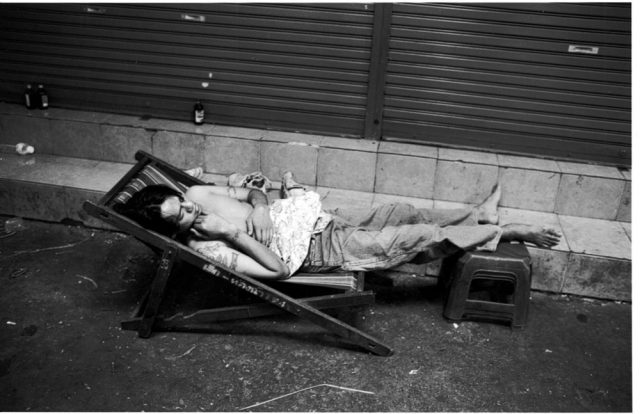
We are also told the girl is in samadhi, the state of deep concentration that restores our awareness of the unity of things, like a wave returning to the sea. But for reasons that go unexplained, the Buddha orders the Teacher of Buddhas to bring her out of it. Manjushri employs all his magical powers to make the sitting woman acknowledge him, yet she remains supremely unaware. Then this happens:
The World-Honored One said, “Even a hundred thousand Manjushris cannot make her wake up. But down below, past a hundred million lands as innumerable as the Ganges, there is the bodhisattva Momyo. He will arouse her from her samadhi.”
No sooner does the Buddha speak these words than the bodhisattva Momyo, whose name can be translated as “Not Knowing,” springs up from the depths of the earth. After bowing to the Buddha, he goes to the girl and snaps his fingers only once. At this, the girl awakens.
In Zen tradition, Manjushri represents the highest attainment of wisdom, and his statue occupies the central place on every zendo altar. But here he comes off as a prig, worried about sitting in a privileged place. Worse yet, he is thoroughly bested in the contest by Momyo, a “bodhisattva at the beginner’s stage,” as the story relates. Surely this is the world turned upside down! Shouldn’t Manjushri’s insight, diligence, selflessness, and service to humanity count for something in the scheme of things? And how can he be shown up by an upstart whose only accomplishment so far is helping a woman open her eyes? But the story offers a few clues to point us in the right direction.
The first clue is the girl’s samadhi. Even though all the Mahayana schools hold this state of mind in the highest regard, the Buddha orders Manjushri to rouse her. Why the World-Honored One should issue this command is a classic Zen conundrum. What’s wrong with the girl’s remaining in a state of perfect inner unity? The answer is that it requires her to exclude everything outside. And that’s Manjushri’s problem, too. A wisdom that won’t engage with absolutely everything—especially what we don’t know—can’t rescue anyone from ignorance.
In a Buddhist universe that contains five distinct blissful heavens, every one accessible to human beings through seated meditation, it won’t be easy for the girl to return to this world of form, with its confusion and suffering. Yet Momyo calls the young woman back after Manjushri has failed.
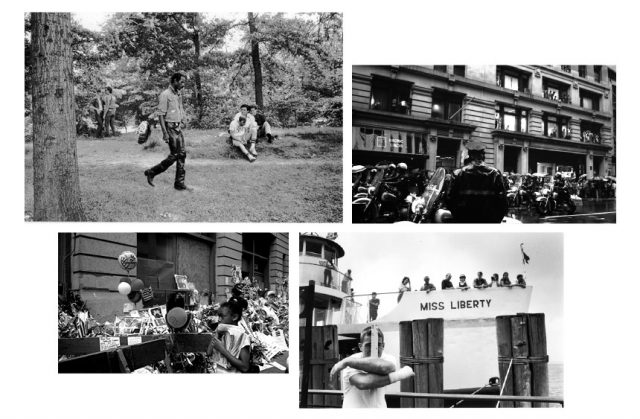
Momyo comes from “down below.” He springs up from the very bowels of the earth instead of descending from the Buddha’s paradise, and he represents everything low and mundane, taken for granted, unworthy of respect. In the vast universe populated by resplendent buddhas, bodhisattvas, and celestial beings, Momyo is a total nobody. Yet he alone has the power to recall the meditating woman to the world of form. He alone can make the world of form, our world, a place worth returning to. And he does it with a finger snap.
Anyone can snap their fingers. Anyone. You don’t have to meditate for 30 years. You don’t have to memorize the sutras or read the commentaries. And the sound of the finger snap awakens the girl because there’s nothing special about it. At that moment, everything becomes just this, the pure presence of the “now,” without high or low, male or female, young or old.
We naturally want to associate with the people we admire or trust. But membership in our chosen group comes at a steep price.
For all his wisdom, Manjushri can’t approach the Buddha’s seat because he hasn’t learned this lesson. He can’t fully embody the one unless he also embraces the many. Probably the same is true for us. Separating the enlightened from the ignorant, the cultivated from the crude, the right-minded from the deceived, we naturally want to associate with the people we admire or trust. But membership in our chosen group comes at a steep price: the mentality of constant defensiveness. The alternative is Momyo’s way.
A witness to the Tang dynasty’s scramble for status and wealth, the Zen master Linji (Rinzai) put it like this:
Followers of the Way, as I look at it, we’re no different from Shakyamuni. In all our various activities each day, is there anything we lack? The wonderful light [of the mind] has never for a moment ceased to shine. If you could just look at it this way, then you’d be the kind of person who has nothing to do for the rest of his life. . . .
The dharma of the buddhas calls for no special undertakings. Just act ordinary, without trying to do anything particular. Move your bowels, piss, get dressed, eat your rice, and if you feel tired, then lie down. Fools may laugh at me, but wise men will know what I mean.
–trans. Burton Watson
Long before Linji, Buddhist teachers knew about the “wonderful light” of the mind. But Linji’s great insight was to connect group narcissism with the oppressive character of the institutions of his era. Linji saw how the elite used group identity to shore up their power, and so his teaching method was to ridicule every form of distinction and propriety. “Kill your mother and your father,” he declared. “If you meet the Buddha, kill the Buddha!”
Even in our very irreverent age, Linji’s iconoclastic Zen is bound to feel a bit extreme. Surely as Buddhists we should be less confrontational. Yet confrontation for its own sake was never Linji’s goal. True, he seems to urge us to destroy all bonds of social life—through his incitements to “murder,” of course, and also his tactic of slapping other monks, pushing them down and screaming raucously. I would be the first to agree that such behavior in the context of our time qualifies as unacceptable abuse. But Linji’s real purpose was to show that compassion is a force more powerful than any obstacles fear might create, however overwhelming those obstacles might look. A “true friend” to humankind will be the one who is willing to put compassion first, “speaking ill of the patriarchs, criticizing anybody in the world, throwing away the Tripitaka”—all in order to “search out the real person.”
We like to think of democracy as an American invention, but Linji has something to tell us about what that word really means. The word people in “rule by the people” is a necessary fiction, an image of a perfect community we can never quite achieve. And just as our desire for perfection keeps us from connecting to others, so the abstraction called “the people” hides the real person Linji tells us to search out, a person of “no rank” with “nothing special to do”—in other words, the excluded. Once we’ve found that person—that Momyo—in ourselves, we can welcome everyone we meet.
It’s never going to be easy, however. On some level, all of us may feel nostalgic for the Shakyas’ tribal unity, like-minded in everything they did. Or we may dream of a world to come when the last of the tribes will disappear, folded into some universal identity. Either way, it is easy to think it would be comforting to live with no outsiders in our midst. But the Buddha left his native land and ventured out across northeastern India, encountering people of almost every kind. The Shakyas’ assembly was soon to disappear, obliterated by an invasion. But the Buddha created a democracy even an army could not destroy. In it, every person different from ourselves offers us another opportunity to enter a world without walls.
♦
An earlier version of this article incorrectly identified Ananda as the son of Prajapati Gautami. We apologize for the error.
Thank you for subscribing to Tricycle! As a nonprofit, we depend on readers like you to keep Buddhist teachings and practices widely available.
